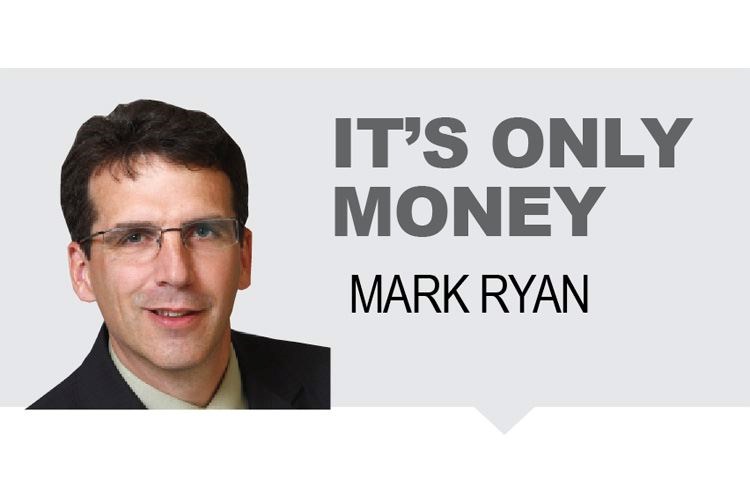The Minister of Finance typically wears a new pair of shoes or work boots while delivering the annual federal budget, as a symbol of his plan to take our money, run it through a regulatory corn maze, and then give some of it back – and how all this will stimulate prosperity. Mostly we parse, analyze and cringe.
If you bought a cabin at the lake for $50,000 in 1995, and now it’s worth about $250,000, about 1/4 of the appreciation belongs to the government.
- $250,000 Market Value
- $50,000 Capital cost
- $200,000 Latent gain of which 50 per cent is taxable (the Capital Gains Inclusion Rate)
- $100,000 Taxable Capital Gain, when taxed at the highest marginal rate in B.C., you would owe $50,000 or about 25 per cent of the gain.
But the government is contemplating a significant increase to this tax.
This would be short-sighted. Even barbershop chatter about it dampers enthusiasm. Starting a small business is as much about which way the wind is blowing as the ingenuity of its owner. If the regulatory bluster has shards of spite in it, we are far less inclined to take on the uncertainty that comes with quitting our job, taking out a second mortgage and hammering out the details to open up a new coffee shop, tire shop, or cat speed-dating service. The entrepreneur has enough problems in this market without being treated like a Kulak.
Prior to 1972, when the Pierre Trudeau introduced this tax, Canadians were allowed to keep all of their capital gains. Since 1972, the capital gains inclusion rate has hovered between 50 per cent and 75 per cent, with a couple of stopovers at 66.7 per cent.
Investigate strategies to trigger gains before the budget is announced, either by selling assets or various ownership changes to trigger gains. We list some ideas here, but don’t be thrown you off your game. Investment strategies trump tax planning most days. And by all means, talk to a good tax specialist first.
If your portfolio has large unrealized capital gains, consider rebalancing before the federal budget date, selling gainers to trigger the presently-smaller tax on the improved values.
Consider transferring appreciated securities to your holding company (if you have one) in exchange for shares of the corporation before the federal budget is dropped. A tax election form (T2057) must be completed and filed to transfer the securities at cost or somewhere that and market value (FMV). This is a pretty complicated decision, not to be carried through without a tax advisor.
If an unrealized capital gain has accrued in your name alone, you can transfer the assets to your spouse now, and decide later if you will use your cost base or market value depending on the tax impacts of the new federal budget.
If the above strategies don’t work, consider the tax savings from charitable giving. The gains triggered by the donation may be eliminated.
It’s too clunky to spell out here, but all the tax advantages that make some insurance products take on the attributes of an enhanced Tax Free Savings Account are magnified when the tax rate is increased.
There are several caveats to each potential strategy we’ve listed, and others we haven’t listed at all, but all of them are worth considering in advance of the budget.
— Mark Ryan is an investment advisor with RBC Dominion Securities Inc. (Member–CIPF), and a licensed insurance representative with RBC Wealth Management Services Inc. These are Mark’s views, and not those of RBC. This article is for information purposes only. Please consult with a professional advisor before taking any action based on information in this article. See Mark’s website at: http://dir.rbcinvestments.com/mark.ryan.



